Dive watches are among the most recognisable tool watches in the world. From the Rolex Submariner to the Omega Seamaster, their rugged steel cases, legible dials, and luminous markers have become icons. But there’s one element that makes a dive watch truly a diver’s watch - the bezel.
If you’ve ever handled a dive watch, you’ll notice the bezel is different from the smooth, decorative rings on a dress watch or chronograph. It rotates with a satisfying click, usually in one direction. But why does it move, and how do divers actually use it? Let’s break it down.
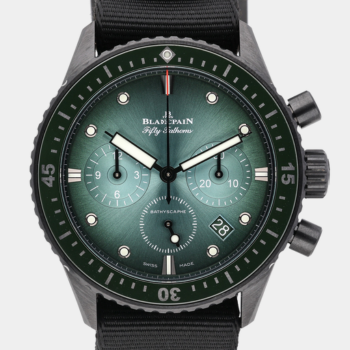
In the early days of scuba diving, there were no dive computers. Timing a dive was a matter of life and death. Divers needed to know precisely how long they had been underwater to avoid running out of air or risking decompression sickness.
The solution came in the 1950s when brands like Blancpain and Rolex introduced rotating bezels to their pioneering dive watches. The Blancpain Fifty Fathoms of 1953 is often credited as the first modern dive watch, followed closely by the Rolex Submariner in 1954. Both featured a bezel that could be turned to align with the minute hand, creating a simple but effective underwater timing device.
This innovation became the standard. The rotating bezel was enshrined in ISO 6425, the international standard that still defines what qualifies as a professional dive watch today.
At first glance, a dive bezel looks like a decorative ring encircling the dial. But its markings are far from ornamental. Typically graduated from 0 to 60, the bezel allows divers to track elapsed minutes with ease.
Here’s how it works in practice:
1. Setting the bezel – Before descending, the diver rotates the bezel so that the zero marker - usually a triangle or luminous pip - is perfectly aligned with the minute hand.
2. Tracking elapsed time – As the minute hand moves forward, it points directly to the elapsed minutes on the bezel. For example, if the hand is now pointing at the “25” marker, the diver knows they have been underwater for 25 minutes.
3. Managing safety – Divers plan their dives around oxygen supply and no-decompression limits. The bezel provides an at-a-glance check against these crucial parameters without requiring mental calculations.
It’s elegantly simple. Instead of fiddling with stopwatches or performing mental maths in challenging underwater conditions, divers can read elapsed time instantly.
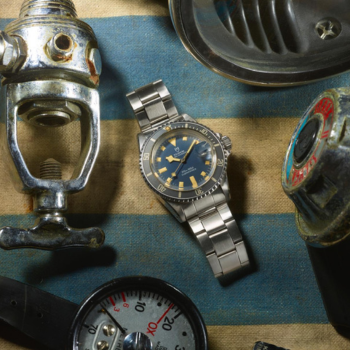
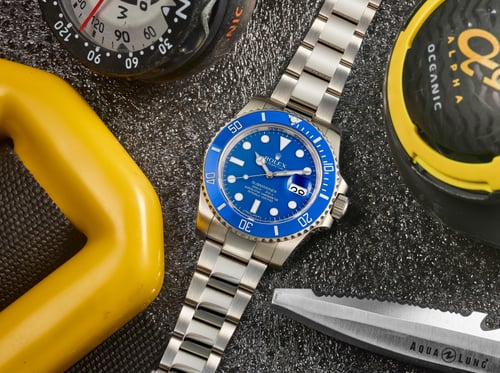
One of the most defining features of a dive bezel is that it rotates in just one direction - counter-clockwise. This design is deliberate, and it’s all about safety.
Imagine a diver’s bezel being accidentally knocked while underwater. If the bezel could rotate both ways, a knock might move the triangle forward, showing less elapsed time than reality. That would mislead the diver into thinking they had more oxygen left than they actually did - a potentially deadly mistake.
By restricting rotation to a single direction, any accidental movement can only shorten the indicated dive time. This ensures that the worst outcome is an early resurfacing, never an overstay. The diver might resurface earlier than planned, but never later.
In diving, conservative timing saves lives.
Not all dive bezels are the same. Over the decades, brands have refined and experimented with the design while keeping the core function intact.
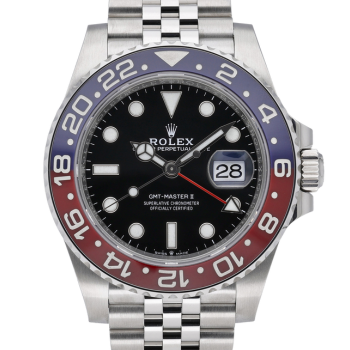
The reality today is that most dive watches rarely see a wetsuit. Instead, they live on wrists at work, in restaurants, or while travelling. Yet the bezel remains surprisingly useful outside of its aquatic origins.
A few bezels have become legendary in their own right.
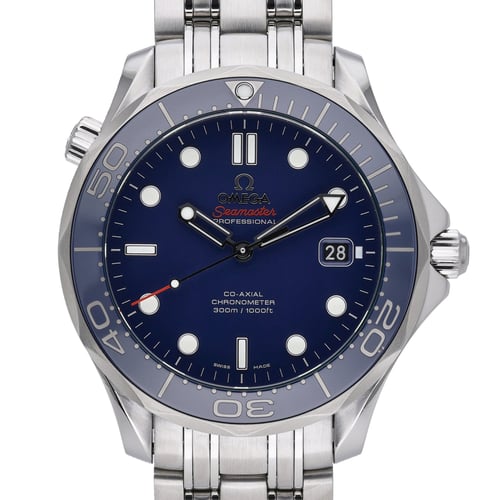
The rotating bezel is a marvel of functional design. It embodies the principles of tool watchmaking: clear legibility, rugged reliability, and uncompromising safety. While most of us will never rely on a watch to survive underwater, the bezel remains a reminder of the dive watch’s utilitarian roots.
So the next time you twist the bezel of a Submariner or Seamaster, remember that it’s more than just a tactile flourish. Each click represents decades of innovation, adventure, and exploration beneath the waves.
In the end, the bezel is what transforms a simple wristwatch into one of horology’s most enduring tools.
Explore our expertly curated collection of pre-owned luxury dive watches. If the model you’re looking for isn’t in stock, we can source it for you. Many of our watches are available for next-day delivery, so you can start enjoying your new timepiece without delay. We carry all the top brands - Rolex, Omega, Patek Philippe, Cartier, and more - ensuring you’ll find the perfect watch to suit your style.
Let us help you find the perfect dive watch for your next adventure. If you don’t see it online, simply get in touch using the form below, and one of our specialist team members will be delighted to source it for you.